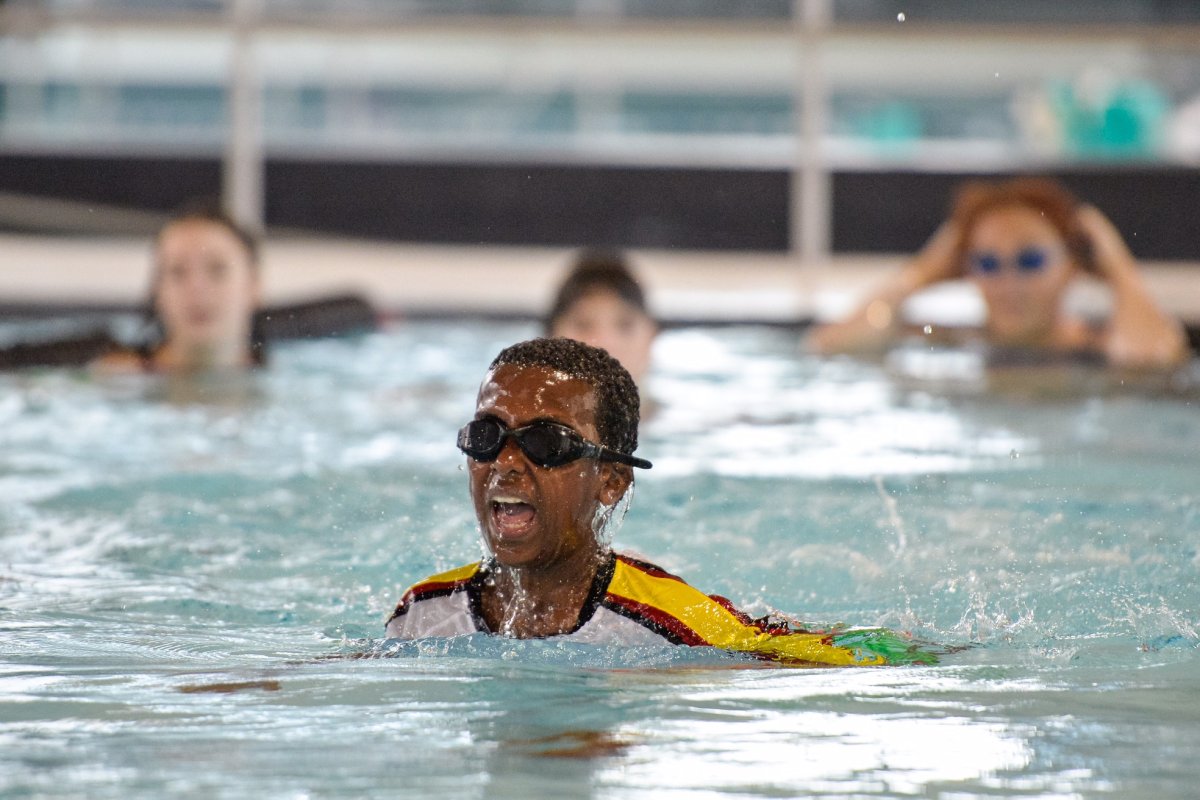There’s a certain demographic that may want to consider taking swimming lessons this summer: immigrant “tweens” aged 11 to 14.

They’re five times more likely to be unable to swim than their peers, the Lifesaving Society revealed Tuesday in a report. That number grows two-fold with kids who’ve been in Canada for less than five years.
Despite the results, 93 per cent of all the non-swimmers surveyed said they plan to participate in water activities.
Barbara Byers of the Lifesaving Society isn’t surprised by the findings.
“Many new Canadians who come to Canada come from countries where water safety and learning to swim just isn’t part of their experience,” she said.
“But what they really want to do is embrace the quintessential Canadian experience of going swimming, especially in the summer.”
READ MORE: A child can drown 24 hours after being in water — What parents should know
The study found nearly half of new Canadian tweens either say their parents don’t think learning to swim is important, or they don’t talk about water safety with their parents.
Close to half (47 per cent) of new Canadian tweens also say their parents don’t think they should swim with members of the opposite sex (compared to 15 per cent of those born in Canada). And only 45 per cent believe their parents would know where to take them for swimming lessons (compared to 92 per cent of their Canadian-born counterparts).
Byers thinks the findings are especially timely because of the wave of 25,000 Syrian refugees recently welcomed to Canada. By 2031, she says it’s projected that a quarter of our population will be new Canadians.
The Lifesaving Society wants all newcomers to be able to swim. Byers stresses learning the “life skill” is crucial, not just for kids but also their parents who often don’t know how to swim either.
“We want to encourage families who are new to Canada to make learning to swim a part of their Canadian experience.”
READ MORE: 5 water safety tips that could save your life
That’s why the Lifesaving Society is expanding its Ontario “Swim to Survive” program (offered to Grade 3 and 7 students), to include free lessons for the whole family.
Canadians outside Ontario are encouraged to keep their eyes peeled for similar free offerings at their local pools.
Otherwise, Byers said traditional swimming lessons cost between $50 to $150 for 10 lessons.
“So compared to a lot of other activities, it’s not much,” she said.
WATCH: Water safety dos and don’ts
Males, whom Byers described as “greater risk takers,” make up 80 per cent of Canada’s annual drowning deaths.
The greatest risk of drowning falls between the ages of 20 and 24.




Comments